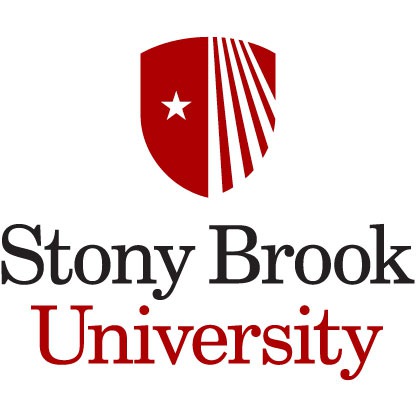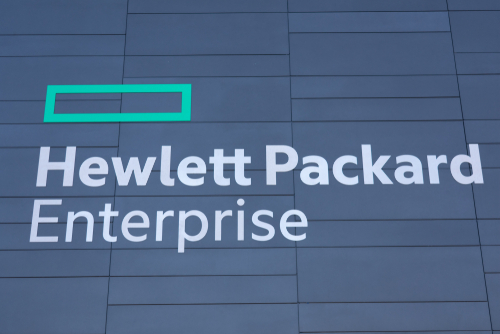 New York’s Stony Brook University has announced it will soon deploy an Intel-powered HPE supercomputer for science and engineering research across multidisciplinary fields, including engineering, physics, the social sciences and bioscience. The new solution is expected to be in production this summer and in operation sometime during the first semester of the 2023-24 academic year.
New York’s Stony Brook University has announced it will soon deploy an Intel-powered HPE supercomputer for science and engineering research across multidisciplinary fields, including engineering, physics, the social sciences and bioscience. The new solution is expected to be in production this summer and in operation sometime during the first semester of the 2023-24 academic year.
The new solution is built using HPE ProLiant DL360 Gen11 servers for scientific workloads involving modeling, simulation, AI and analytics. Stony Brook said HPE designed the solution with fourth Gen Intel Xeon scalable processors featuring the Intel Xeon CPU Max Series for more memory bandwidth per socket.
Stony Brook said the HPE servers will also improve cost savings and reduce the data center footprint for the university with a closed-loop liquid cooling capability. “The cooling solution, which requires fewer racks to maximize space, provides alternative coolant solutions that do not require additional plumbing,” the university said. “Instead, it removes heat from various system components and transfers it to coolant tubes to cool down the system.”
The new solution will be co-managed by Stony Brook’s Institute for Advanced Computational Science (IACS) and the Division of Information Technology (DoIT).
Stony Brook said it is the first U.S. academic institution to implement HPC solution that uses the Intel Xeon CPU Max series on HPE ProLiant servers. The solution provides an enhancement and refresh to Stony Brook’s Seawulf computational cluster.
“I am excited by what this new generation of computer processors promises, as some of the work may be up to eight times faster with this new HPC solution compared to our current SeaWulf cluster,” said Robert J. Harrison, founding endowed director of the IACS. “Stony Brook’s leadership of the NSF Ookami project and our partnership with HPE were instrumental in positioning us to successfully become the first university to use this revolutionary technology.”
For more than a decade, the IACS has ramped up supercomputing capacity available to faculty and students for their academic and research endeavors, including collaborative work with other institutions and industry. Most recently, IACS installed a supercomputer called Ookami in 2020.
 The university is engaged in a project partnering Stony Brook’s Women in Science and Engineering program and the Center for Inclusive Education to provide campus-wide access to resources and training to better facilitate engagement in computational science by students from diverse backgrounds and disciplines.
The university is engaged in a project partnering Stony Brook’s Women in Science and Engineering program and the Center for Inclusive Education to provide campus-wide access to resources and training to better facilitate engagement in computational science by students from diverse backgrounds and disciplines.
In addition to leveraging technologies from HPE and Intel, the new HPC and AI solution was deployed by ComnetCo, HPE’s HPC-focused solution provider and award-winning public sector partner.
ComnetCo has a longstanding collaboration with Stony Brook, and for the past 25 years, has extended its expertise in delivering supercomputing solutions to scientific and technical computing communities within higher education and research institutions.
“The new HPC system will be a boon for the whole campus. It will greatly enhance multi-scale, multi-physics applications like astrophysics,” said Alan Calder, a professor in the Department of Physics and Astronomy and deputy director of the IACS. “Not only will models be able to include more physics and thus have unprecedented realism, but the system’s capacity will allow for performing suites of simulations for meaningful assessment of the uncertainty of the results.”
 Dilip Gersappe, professor and chair of the Department of Materials Science and Chemical Engineering, points out that the HPC solution can help bring his research on soils to a new level.
Dilip Gersappe, professor and chair of the Department of Materials Science and Chemical Engineering, points out that the HPC solution can help bring his research on soils to a new level.
“The new cluster enables us to simulate the thaw/freeze cycle in soils in the Arctic region, a region where climate change effects and temperature fluctuations are having profound effects,” he explained.



